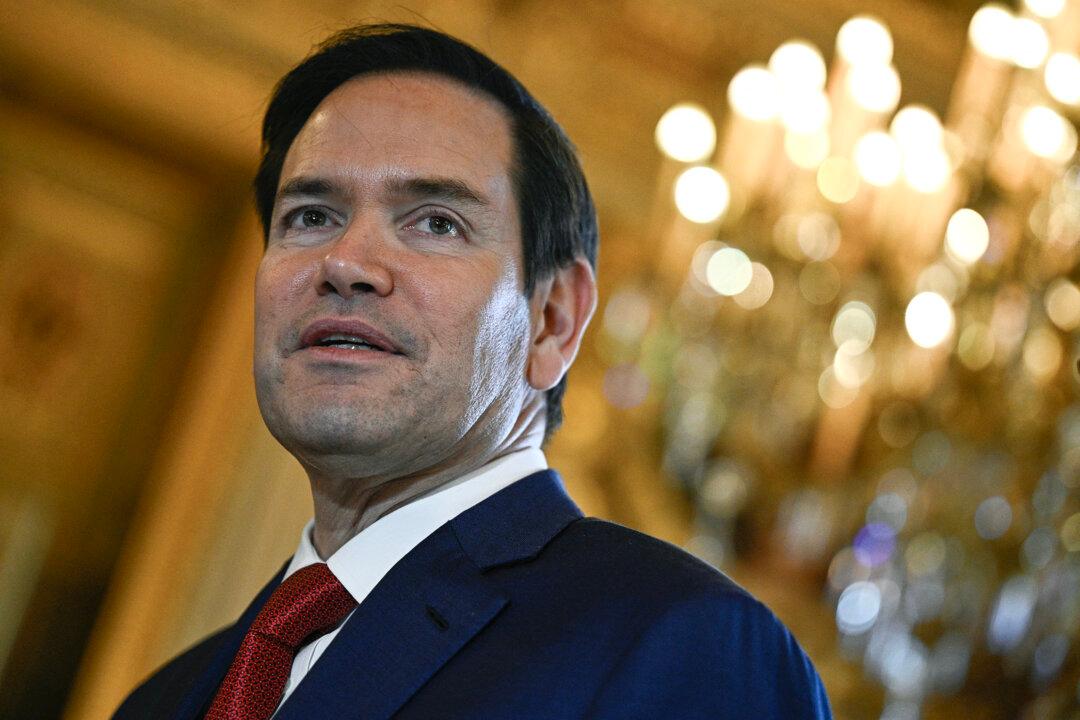Twitter CEO Elon Musk has pointed to a little-known government agency as the “worst offender” in terms of U.S. government censorship and media manipulation, alleging that it flagged Twitter accounts for suppression based on dubious criteria like promoting the lab leak theory of COVID-19 origins.
What Is the GEC?
The GEC is an entity within the U.S. government responsible for coordinating and supporting government-wide efforts to counter foreign propaganda and disinformation.Founded in 2011, the agency was originally established as the Center for Strategic Counterterrorism Communications (CSCC) within the Department of State. Its purpose was to support government agencies in communications activities aimed at countering violent extremism and terrorist organizations.
In 2016, the CSCC was transformed into the Global Engagement Center through Executive Order 13721, but its counterterrorism mission remained largely unchanged.
The GEC works with a broad range of partners including other U.S. government agencies, the private sector, and foreign allies.
One of its lines of effort is to to play a coordinating role in the U.S. government interagency’s public exposure of foreign influence operations.
As part of this effort, the GEC accused China of coordinating with Russia to manipulate social media platforms to spread disinformation and push back on international criticism that Beijing didn’t do more to halt the spread of COVID-19.
The report also flagged accounts reposting news that Twitter had banned ZeroHedge after it was accused of “coronavirus conspiracy” and of doxxing a Chinese scientist, which led to “another flurry of disinformation narratives.”
‘Russian Disinformation Apparatus’?
Lea Gabrielle, who at the time oversaw the GEC, told reporters in May 2020 that the agency had identified “a new network of inauthentic accounts” on Twitter that were meant to boost China’s narrative that it was not responsible for the global spread of COVID-19.Gabrielle said that proxies of both China and Russia seemed to be working together in a “coordinated” bot campaign on Twitter to magnify this narrative.
“It’s our assessment that this network could be deployed to allow the CCP [Chinese Communist Party] to rapidly amplify and spread messages around the world, skewing the conversation to its benefit,” she told reporters at a press briefing on May 8, 2020.
She said it was “highly probable” that the effort was linked to the CCP, which is currently “engaged in an aggressive information campaign to try and reshape the global narrative around COVID.”
This campaign, she said, involves attempting to paint the regime “as a global leader in the response rather than the source of the pandemic.”
At the time, Twitter pushed back on some of those claims. It said it had received some 5,000 accounts from the GEC and, after carrying out an initial review, concluded that the accounts didn’t seem to be supportive of Chinese regime positions.
Many of the accounts also belonged to Western government entities, rights organizations, and journalists.
A State Department spokesperson said that the accounts it provided to Twitter represented a small sample of a dataset of nearly 250,000 accounts.
Too Much Even for Censor-Happy Twitter
At the time, Twitter’s then Global Head of Trust & Safety Yoel Roth said in an internal email cited by Taibbi that the GEC’s “blitz on these issues is at least in part an attempt to insert themselves” into conversations Twitter had with the Department of Homeland Security (DHS) and the FBI, among others.Roth said in the email that the State Department is a “significant voice” and not one that Twitter wants to neglect. However, he reminded the Twitter team that they should “continue to maintain a distinction between the highly trusted, valued relationships we’ve built over years with entities with considerable expertise and authority in these domains” and other parts of the U.S. government “that may engage on these questions from time to time (sometimes in more political ways than others).”
Other internal correspondence portrayed the GEC as in a rush to share material with media outlets to push a politically motivated narrative that wasn’t necessarily based on hard data.
“We’re going over the data rigorously by our own internal standards and not half-baked to meet their media cycle,” the unnamed Twitter staffer wrote to their colleagues.
Roth wrote in another email that the FBI, which in separate Twitter Files disclosures was portrayed as having a close relationship with Twitter and making numerous content suppression requests, invited GEC representatives to the weekly “election security meeting” with Twitter despite the social media platform’s objections.
“GEC’s presence in these meetings is problematic for several reasons,” Roth wrote, including that the GEC has a “mandate for offensive IO [information operations] to promote American interests.”
Other objections to working closely with the GEC included a “relative lack of discretion and caution from senior GEC leadership in sharing reports/analysis based on shaky methodology” and a “limited track record of successful collaboration with industry.”
The emails were part of the 12th installment of the Twitter Files, shared by Taibbi based on records provided by Musk.





